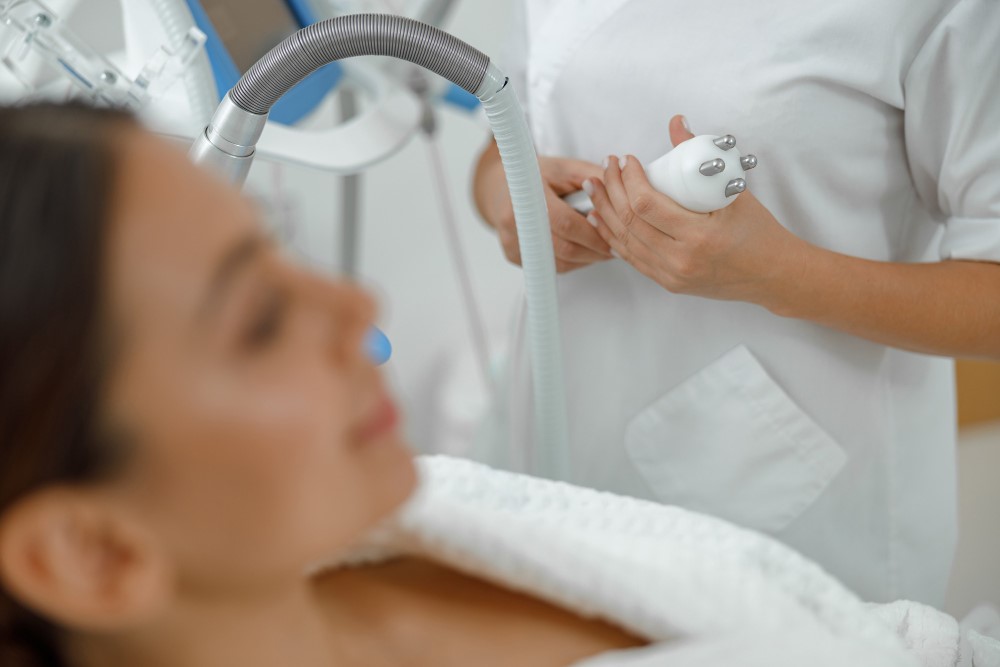Ozone therapy, an innovative therapeutic approach, is capturing attention worldwide for its potential health benefits. Originating in the late 1800s, this method has gradually become a topic of considerable interest and debate in the medical field. It’s known for using a special form of oxygen to treat various conditions. Despite some skepticism, many are intrigued by its promise of enhanced well-being. Ozone therapy benefits are still being explored, yet it’s gaining popularity. Historical stories tell us that it started with a few medical pioneers and has since evolved. Today, it stands as a topic that divides opinions, with some embracing it and others questioning its validity. The fact remains that this therapy continues to intrigue and hold promise for those seeking alternative health solutions.
Unveiling the Mechanics of Ozone Therapy
To understand what is ozone therapy, it’s crucial to explore how it works. At its core, it involves using ozone, which is a type of oxygen, to promote healing. Medical-grade ozone is crafted by splitting an oxygen molecule into three oxygen atoms. This extra oxygen atom helps in increasing oxygen supply to tissues, which might lead to better overall health.
Here are the basic principles of how ozone therapy works:
- Increased Oxygen Utilization: The main idea is that the body can use oxygen more efficiently.
- Boosted Circulation: Ozone is believed to help improve blood flow.
- Enhanced Immune Response: It may also enhance the body’s natural defense system.
These mechanisms contribute to why some believe in the power of ozone therapy uses. By focusing on enhancing oxygen levels in blood and tissues, it aims to promote healing and fight infections. This is why it’s often considered for conditions ranging from joint pain to skin conditions.
The substantial interest in what are ozone injections lies in their potential to support these processes by delivering ozone right where it might make the most impact. But, understanding these mechanics is just the first step in exploring its potential advantages.
Exploring the Applications and Benefits
Ozone therapy types play a role in its applications. The therapy is administered in several ways:
- Injections: Ozone can be injected directly into muscles or joints.
- Insufflation: Ozone is introduced into the body, often through the rectum.
- Topical application: Used for skin conditions by applying ozone directly.
Each method aims to deliver the gas precisely and safely for what is intended. These forms of administration may seem unique, but they offer targeted support.
As for ozone therapy benefits, they include potential boosts in overall wellness and specific improvements like:
- Helping reduce chronic infections by enhancing immune function.
- Supporting antioxidant activity which fights free radicals.
- Possibly improving conditions such as arthritis and certain skin diseases.
When evaluating these potential benefits, it’s helpful to compare with conventional treatments. Unlike regular medical approaches which often focus on immediate relief, ozone therapy might offer benefits over time. In places like India, where traditional medicine is valued, ozone therapy is sometimes combined with other treatments.
While the potential for ozone therapy uses is inspiring, it’s also met with questions and complexities. The fact that it diverges from conventional treatment approaches means thorough discussion on its efficacy and safety is necessary. Thus, balancing expectations while understanding its benefits is essential for anyone considering this therapy.
Navigating Safety, Efficacy, and Future Directions
When it comes to safety, there are important things to consider. Ozone therapy complications can include mild discomfort, especially when improperly administered. That’s why it’s crucial for individuals to work with a qualified healthcare provider. Safety protocols mean:
- Trusting professionals who are qualified and experienced.
- Understanding that each person may respond differently.
- Ensuring that medical-grade ozone is used under controlled settings.
Side effects are generally mild but can occur if the ozone is not correctly administered. These might include slight discomfort, especially at injection sites or during insufflation.
Research into ozone therapy continues, and more evidence is needed to fully understand how it can be applied. Current studies are exploring everything from its role in physical recovery to its broader use in managing certain conditions. These will help shape its future role in healthcare.
In summary, what is ozone therapy and its potential is a topic worth understanding for those interested in alternative health solutions. It’s vital to approach this with an open mind, equipped with knowledge. Engaging in conversations with medical professionals is important before starting any new treatment.
In the evolving landscape of alternative therapies, thorough research and thoughtful consideration are key. Whether seeking relief from chronic illness or exploring new wellness avenues, informed choices based on facts and professional advice promise the best outcomes. By doing so, one can maximize any prospective ozone therapy benefits while ensuring safe and effective use.
Envisioning its direction, it is clear that while ozone therapy uses grow, so does the responsibility to ensure it’s used safely and effectively. As research progresses, the hope is for a more comprehensive understanding that benefits all exploring the spectrum of alternative health therapies.

